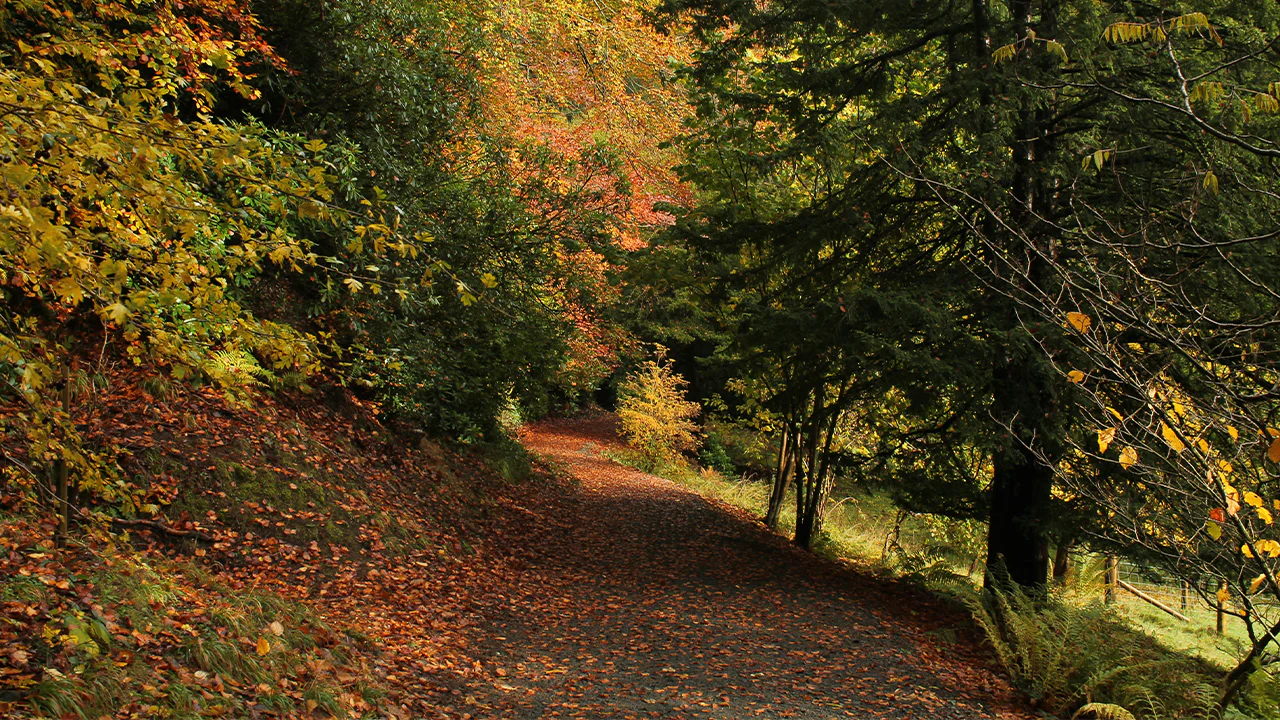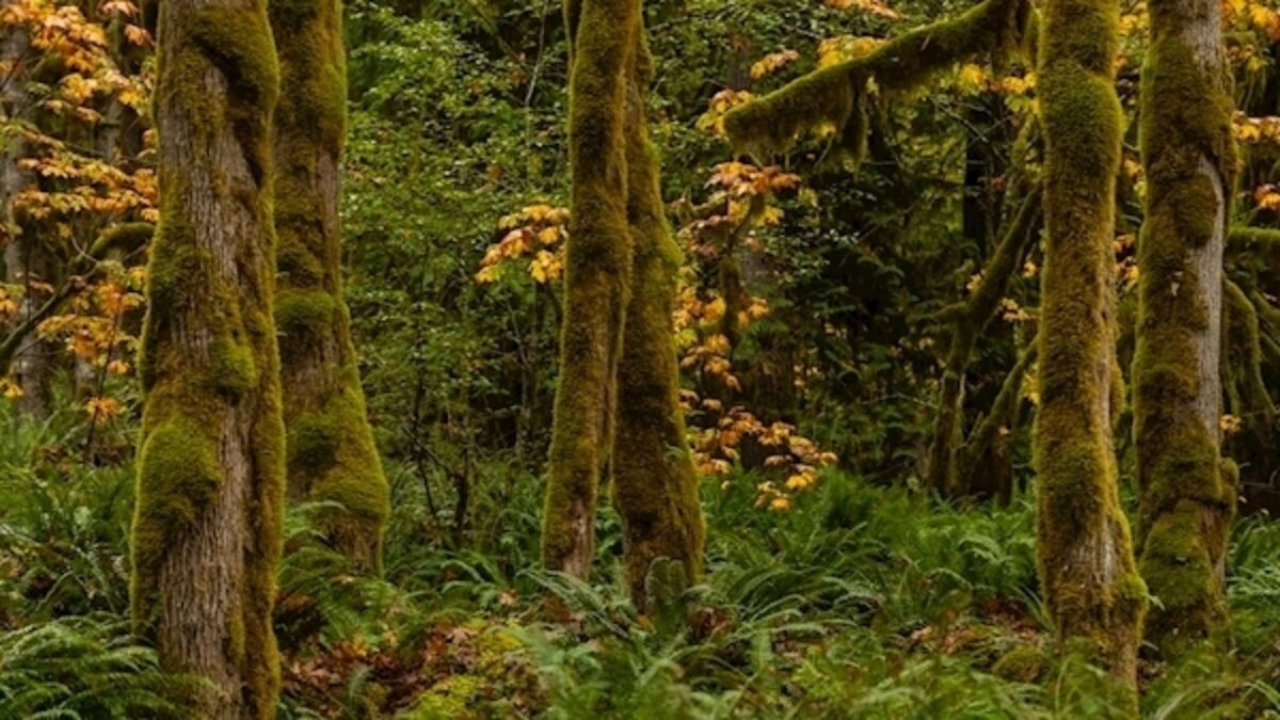Introduction
National Tree Week, the UK’s largest annual celebration of trees, took place from 23 November to 1 December 2024, marking the start of the tree-planting season. Organized by The Tree Council since 1975, this event brings together communities, conservationists, volunteers, and tree enthusiasts to honor the invaluable contributions of trees to our environment, health, and society. In 2024, National Tree Week embraced the theme of urban trees, highlighting their role in creating healthier, greener cities amidst rapid urbanization and climate challenges. This article delves into the significance of National Tree Week 2024, its key initiatives, the science behind urban forestry, and how this celebration inspires action for a sustainable future.
The Importance of National Tree Week
National Tree Week serves as a powerful reminder of the critical role trees play in our lives. Trees are not just aesthetic additions to landscapes; they are essential for ecological balance, human well-being, and climate resilience. Here are some reasons why this week-long celebration matters:
1. Environmental Benefits
Trees act as natural air filters, absorbing carbon dioxide (CO2) and releasing oxygen. A single mature tree can absorb approximately 48 pounds of CO2 annually, equivalent to the emissions from driving 26,000 miles in a car. Trees also improve air quality by trapping pollutants like particulate matter and nitrogen oxides, which is especially vital in urban areas with high traffic.
2. Climate Change Mitigation
With 84% of UK residents supporting increased tree planting to combat climate change, National Tree Week 2024 emphasized trees’ role in sequestering carbon and cooling urban heat islands. Urban trees can reduce ambient temperatures by up to 5°C through shade and evapotranspiration, mitigating the effects of heatwaves.
3. Biodiversity Support
Over 90% of UK citizens recognize forests and woodlands as vital for wildlife. Trees provide habitats for countless species, from birds and insects to mammals and fungi. Urban trees, in particular, create green corridors that support biodiversity in densely populated areas.
4. Human Health and Well-Being
Trees enhance mental and physical health by reducing stress, encouraging outdoor activity, and improving air quality. Studies show that spending time near trees can lower blood pressure and anxiety levels. In urban settings, trees provide shade, reduce noise pollution, and create inviting spaces for recreation.
5. Community Engagement
National Tree Week fosters a sense of community through planting events, workshops, and educational programs. In 2024, over 100 events, including talks, tours, and exhibitions, were held across the UK, encouraging people of all ages to connect with nature.
National Tree Week 2024: Key Highlights
The 2024 edition of National Tree Week was marked by ambitious initiatives, innovative partnerships, and a focus on urban greening. Below are some of the standout moments:
1. Launch of the Tree Planting Taskforce
On 28 November 2024, the UK government launched a Tree Planting Taskforce to oversee the planting of millions of trees nationwide. This initiative aims to accelerate reforestation and urban forestry projects, aligning with the government’s commitment to net-zero emissions by 2050. The taskforce will collaborate with local councils, charities, and communities to ensure trees are planted in the “right place” to maximize ecological and social benefits.
2. Urban Tree Planting Events
Organizations like Trees for Cities, a UK charity focused on urban forestry, hosted high-profile planting events during National Tree Week. A notable event was their 30th anniversary celebration on 30 November at Ashburton Playing Fields, where volunteers planted trees to revitalize a community space. These events underscored the importance of urban trees in creating healthier neighborhoods.
3. Community Engagement and Resource Packs
The Tree Council provided a National Tree Week 2024 Resource Pack (available as a PDF download), offering guides on tree planting, care, and community event planning. Social media campaigns using hashtags like #NationalTreeWeek and #TreeParty encouraged participants to share their planting stories, amplifying the event’s reach.
4. Focus on Species Diversity
In regions like Fingal, Ireland, National Tree Week 2024 (held in March in Ireland) emphasized planting a mix of native and non-native trees to enhance resilience against climate change. Fingal County Council distributed 10,000 trees, including species like hawthorn, wild cherry, walnut, and beech, to residents for planting. This approach aligns with the principle of “right tree, right place,” ensuring long-term survival in urban and rural settings.
5. Corporate and Charity Involvement
Businesses and charities played a significant role in 2024. For example, LEaF Translations, a sustainability-focused company, plants ten trees per new client through its partnership with Ecologi, contributing over 3,000 trees to global forests. Similarly, Trees for All in the Netherlands planted nearly 2 million trees worldwide in 2024, with half in the Netherlands, showcasing the global impact of tree-planting initiatives.
The Science of Urban Trees
Urban trees face unique challenges, such as limited soil space, pollution, and heat stress, but their benefits are profound. Here’s a closer look at the science behind urban forestry:
1. Carbon Sequestration
Urban trees absorb CO2, helping cities meet climate goals. In 2024, Trees for All’s projects in Bolivia, Mexico, and Ethiopia captured 118,127 tons of CO2, demonstrating the global potential of urban and rural tree planting.
2. Heat Island Mitigation
Cities are often 2-8°C warmer than surrounding areas due to concrete and asphalt absorbing heat. Trees counteract this through shade and transpiration, reducing energy costs for cooling buildings by up to 30%.
3. Stormwater Management
Tree canopies intercept rainfall, reducing runoff and preventing urban flooding. A single large tree can intercept 4,000 gallons of water annually, easing pressure on drainage systems.
4. Air Quality Improvement
Trees filter pollutants like ozone, sulfur dioxide, and particulate matter. In urban areas, where air pollution causes 7 million premature deaths globally each year, trees are a cost-effective solution.
5. Biodiversity in Cities
Urban trees create microhabitats for birds, insects, and small mammals. Planting diverse species, as seen in Fingal’s 2024 initiative, supports pollinators and enhances ecosystem resilience.
Challenges in Urban Tree Planting
Despite their benefits, urban tree planting faces several obstacles:
1. Space Constraints
Cities have limited space for trees due to infrastructure like roads, buildings, and utilities. Innovative solutions, such as vertical gardens and rooftop greenery, are being explored to address this.
2. Maintenance Costs
Trees require ongoing care, including watering, pruning, and pest management. Budget constraints can limit municipalities’ ability to maintain urban forests.
3. Climate Stress
Rising temperatures and extreme weather, like Storm Arwen in 2021, threaten urban trees. Selecting climate-resilient species and improving soil quality are critical to ensuring survival.
4. Public Perception
Some residents view trees as nuisances due to falling leaves or root damage. Education campaigns during National Tree Week aim to shift these perceptions by highlighting trees’ benefits.
Inspiring Stories from National Tree Week 2024
National Tree Week 2024 was filled with inspiring stories of communities coming together:
1. Ashburton Playing Fields Planting
Trees for Cities’ event in London saw dozens of volunteers, including families and local officials, plant trees to mark the charity’s 30th anniversary. The event transformed a neglected space into a vibrant green hub.
2. Jubilee Forest in the Netherlands
Trees for All organized three planting days in North Brabant, where over 400 donors planted more than 57,000 trees, surpassing their goal of 25,000. This “Jubilee Forest” celebrated the organization’s 25th anniversary.
3. Scotland’s Ancient Trees
In Scotland, National Tree Week highlighted the Fortingall Yew, estimated to be 5,000 years old, emphasizing the cultural and ecological value of ancient trees. Conservation efforts aim to protect such landmarks for future generations.
How to Get Involved
National Tree Week 2024 may have ended, but its spirit lives on. Here’s how you can contribute year-round:
1. Plant a Tree
Join local planting events or plant a tree in your garden. Choose native species like oak, birch, or hawthorn to support local wildlife.
2. Volunteer
Organizations like The Tree Council and Trees for Cities offer volunteer opportunities for planting, maintenance, and advocacy.
3. Support Charities
Donate to tree-planting charities like Trees for All or Word Forest, which fund global reforestation projects.
4. Educate Others
Share the benefits of trees on social media using hashtags like #NationalTreeWeek. Download resources from The Tree Council to organize community events.
5. Advocate for Policy Change
Support policies that prioritize urban greening and reforestation. Engage with local councils to ensure trees are integrated into urban planning.
The Future of National Tree Week
Looking ahead, National Tree Week will continue to evolve, with a focus on:
1. Scaling Urban Forestry
As cities grow, initiatives like the Tree Planting Taskforce will drive large-scale urban tree planting.
2. Technology Integration
Drones, GIS mapping, and soil sensors will optimize tree placement and care, ensuring higher survival rates.
3. Global Collaboration
Events like National Tree Week inspire similar initiatives worldwide, such as Canada’s National Tree Day and Australia’s National Tree Day.
4. Youth Engagement
Engaging young people through school programs and contests, like Canada’s 2024 National Tree Day event, will cultivate the next generation of environmental stewards.
Conclusion
National Tree Week 2024 was a resounding success, uniting communities to celebrate and plant trees while addressing pressing challenges like climate change and urbanization. By focusing on urban trees, this year’s event highlighted their transformative power in creating healthier, more resilient cities. From the launch of the Tree Planting Taskforce to grassroots planting events, National Tree Week 2024 demonstrated the collective impact of small actions.
As we move forward, let’s carry the momentum of National Tree Week into everyday life. Planting a tree, volunteering, or advocating for green policies can make a lasting difference. Together, we can ensure that trees continue to thrive, providing beauty, shade, and hope for generations to come.
References
- The Tree Council. (2024). National Tree Week 2024 Resource Pack.
- Defra Environment Blog. (2024). New Tree Planting Taskforce Launched During National Tree Week.
- Trees for Cities. (2024). Celebrate Urban Trees: National Tree Week 2024.
- Trees for All. (2025). The Year in 25 Highlights.
- National Today. (2022). National Tree Day.




